Justification
2521ss12 Puerto Rico Drinking Water Justification.docx
Generic Clearance for Citizen Science and Crowdsourcing Projects (New)
Justification
OMB: 2080-0083
Request for Approval under the “Generic Clearance for Citizen Science and Crowdsourcing Projects” (OMB Control Number: 2080-0083)
 TITLE
OF INFORMATION COLLECTION: Using
Citizen Science to Improve Drinking Water Epidemiology Studies
TITLE
OF INFORMATION COLLECTION: Using
Citizen Science to Improve Drinking Water Epidemiology Studies
PURPOSE: This project showcases the simplicity of an innovative saliva test and improves the way epidemiology studies are designed using citizen science. Families with school age children will report incidences of gastrointestinal disease to school nurses and/or science teachers to facilitate follow-up stool and saliva tests in impacted school districts. The project will allow citizens to investigate the incidence and type of gastrointestinal illness in rural communities in Puerto Rico without municipal (PRASA) drinking water treatment plants. This will better characterize and inform public health concerns related to drinking water treatment processes.
NEED AND AUTHORITY FOR COLLECTION: InterAmerican University received an Institutional Review Board (IRB) for Protection of Human Subjects in Research on January 26, 2018. On April 5, 2018 this project received approval from EPA’s Human Subjects Research Review Office for use of Human Subjects Research according to the requirements of EPA Order 1000.17 Change A1 (Policy and Procedures on Protection of Human Research Subjects) and can confirm that this study complies with EPA Regulation 40 CFR 26 (Protection of Human Subjects).
USES OF RESULTING DATA: The resulting data may provide a direct link between community health and drinking water treatment using citizen science in underserved communities in rural Puerto Rico.
DATA COLLECTION METHODS: School nurses, science teachers, and/or volunteers from InterAmerican University will recruit and enroll local families with at least one child in the 4th to 6th grade. An adult family member or guardian will complete one baseline survey to gather limited demographic data and information about risks related to waterborne illness (i.e. water usage and sanitation). At approximately one-month intervals, for a total of 3 months, an adult family member or guardian will complete a health survey on symptoms experienced by the child participant. Completed surveys will be returned to school nurses and science teachers by the child participant or family member. Study staff from InterAmerican University will collect surveys from schools.
PARTICIPANT UNIVERSE:
Category of Respondent |
No. of Respondents |
Number of responses per respondent |
Participation Time per response |
Burden Hours |
Family members |
500 |
4 (1 baseline + 3 health surveys) |
15 minutes |
500 hours |
Totals |
500 |
4 |
15 minutes |
500 hours |
AGENCY COST: The estimated annual cost to the Federal government is $70,000 for project design and implementation and $30,000 in sampling supplies over 2 years.
STATISTICAL ANALYSIS:
The objective of statistical analysis is to assess and compare associations between water quality and infections with specific potentially waterborne pathogens. Anticipated survey results will satisfy the survey objectives.
Two approaches to statistical analysis of assay data will be used. For acute infections which have a relatively short incubation period and produce short-term immunity, such as noroviruses, Campylobacter spp. and Cryptosporidium spp., immunoconversion will be used as an indicator of incident infection as described previously (Griffin et al., 2015). Immunoconversion will be defined as at least four-fold increase in salivary antibody response between consecutive samples. Additional criteria may be used to improve the specificity of the immunoconversion tests, such as age-specific cut-off values derived from regressing antibody data on age using penalized splines as described previously (Egorov et al., 2010), and at least three-fold increase in third sample (S3, collected 2 months after baseline) compared to baseline (S1) sample (Wade et al., manuscript in review). For chronic infections, H. pylori and T. gondii, analysis will focus on identifying chronically infected individuals.
Analysis of associations between water quality and acute infections will be conducted using logistic regression models. Analysis will be repeated for asymptomatic infections (immunoconversion, no symptoms) and symptomatic infections (immunoconversion with symptoms).
For chronic infections, demographic, socioeconomic and behavioral risk factors for infections will be explored. In addition, potential impacts of chronic infections on antibody responses to incident acute infections will be explored.
DATA QUALITY ASSESSMENT PROCEDURES:
All samples from the same individual will be assayed at the same time to minimize assay variability. Samples from at least 20% of study participants will be assayed in duplicate. Controls (human samples positive to pathogens included in this study) as well as negative controls (blanks) will be assayed on each 96 well microplate. All analytical errors, such as insufficient number of Luminex beads (less than 50 beads of each type) acquired by the Luminex device, will be documented. All samples associated with errors as well as all other samples from the same individuals will be re-analyzed on a new plate. Plates with unusually high antibody responses to controls (GST or total IgG) will be identified using analysis of distributions of plate-specific responses at the end of the study. Plates with antibody responses to internal control antigens above the mean plus two standard deviations (outliers) will be re-analyzed.
ADMINISTRATION OF THE INSTRUMENT: (Check all that apply)
[X] Web-based or Social Media
[X] Telephone
[X] In-person
[X] Mail
[ ] Other, Explain
INSTRUMENT: Append a copy of the questionnaire or a screen shot of the website or app that includes the information collection.
CONTACT NAME: __Craig Patterson____ EMAIL: ____ [email protected]_____
REFERENCES:
Egorov, A.I., T.L.M. Montouri, L. Ascolillo, H.D. Ward, D.A. Levy, R.D. Morris, E.N. Naumova, J.K.
Griffiths. 2010. Recent diarrhea is associated with elevated salivary IgG responses to Cryptosporidium in residents of an eastern Massachusetts community. Infect., 38(2): 117-23.
Griffin, S.M., R.R. Converse, J.S. Leon, T.J. Wade, X. Jiang, C.L. Moe, A.I. Egorov. 2015.
Application of salivary antibody immunoassays for the detection of incident infections with Norwalk virus in a group of volunteers. J. Immunol. Methods, 424: 53-63.
Wade, T.J., S.A.J. Augustine, S.M. Griffin, E.A. Sams, K.H. Oshima, A.I. Egorov, A.P. Dufour.
2017. Asymptomatic norovirus infection associated with swimming at a tropical beach. PLOS ONE, submitted.
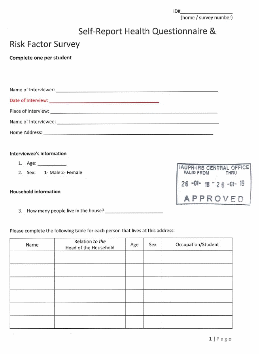
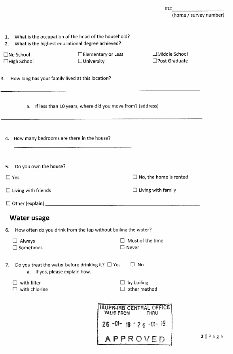
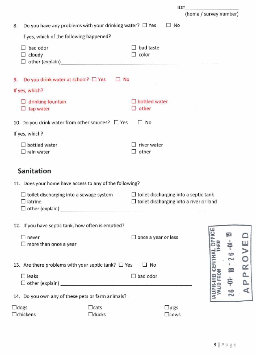
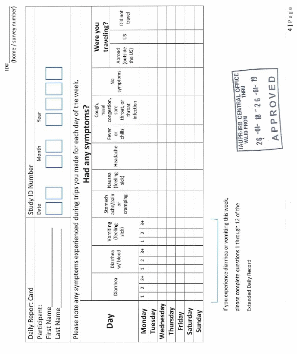
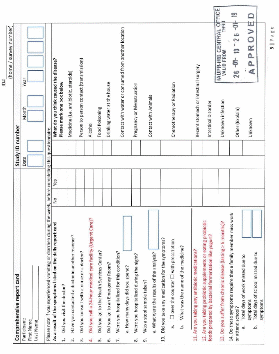
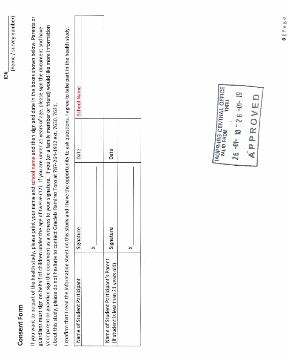
| File Type | application/vnd.openxmlformats-officedocument.wordprocessingml.document |
| Author | Parker, Alison |
| File Modified | 0000-00-00 |
| File Created | 2021-01-20 |
© 2025 OMB.report | Privacy Policy